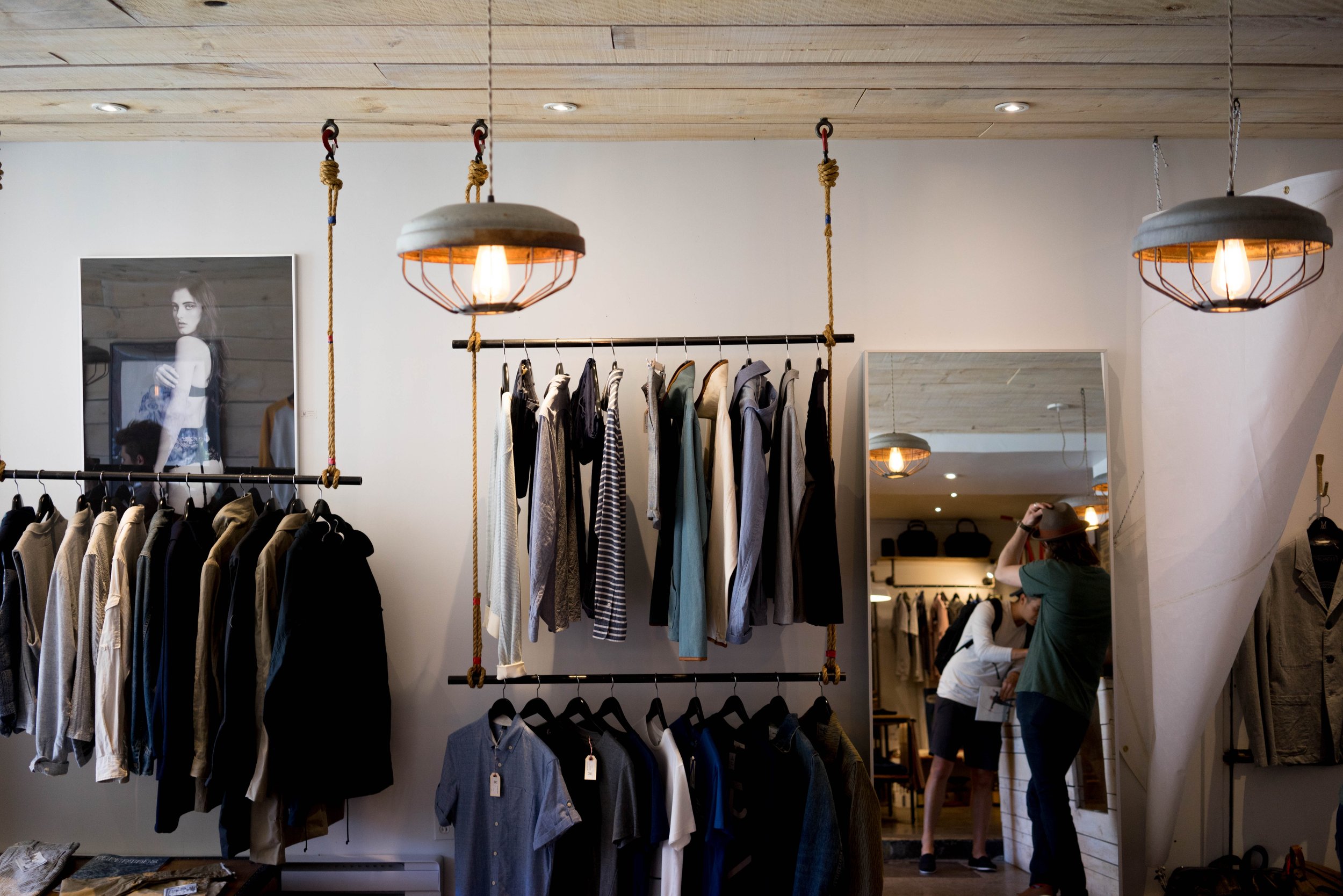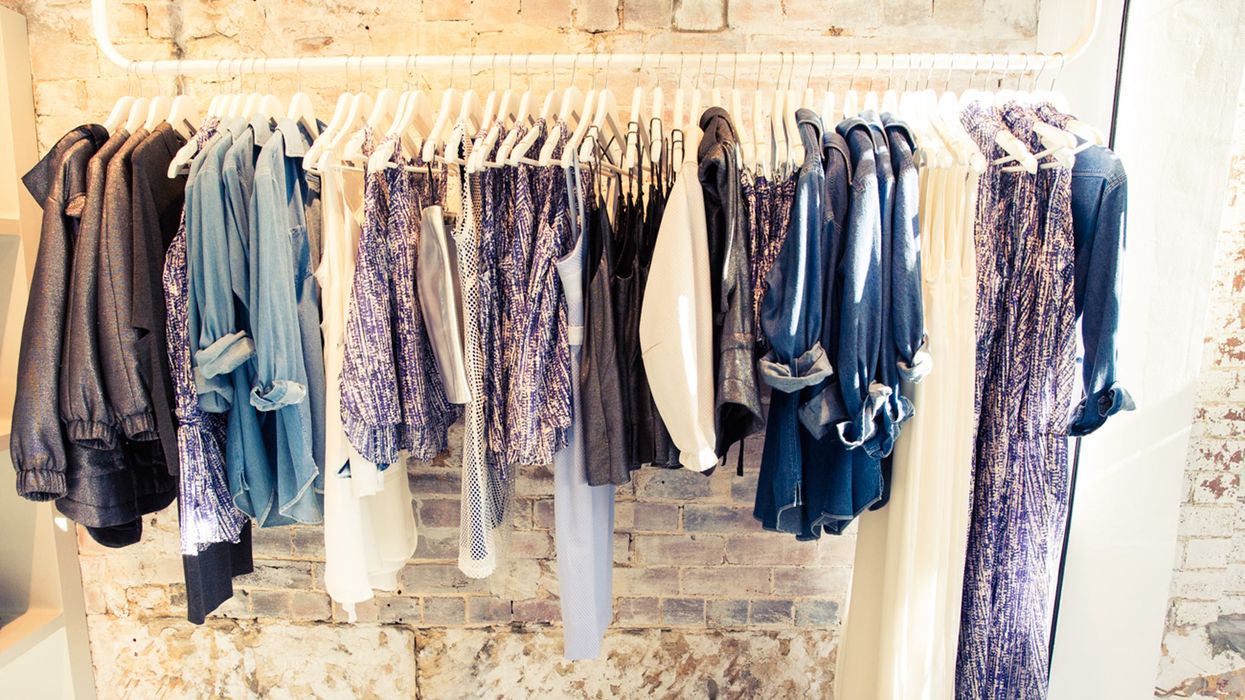Discovering the Evolution and Influence of Garments on Modern Style Trends
The development of clothing has substantially influenced modern style trends, merging historical criteria with innovative developments. Renowned numbers like Coco Chanel and Yves Saint Laurent revolutionized the fashion industry by introducing principles that focus on comfort and accessibility, which proceed to reverberate today.
Historical Fashion Influencers
In the tapestry of style history, particular figures have actually left an enduring mark, forming the fads and designs that specify whole eras. Coco Chanel, a revolutionary designer, redefined females's style by introducing comfortable, sophisticated clothes that left from limiting bodices.
Elsa Schiaparelli is an additional crucial figure, renowned for her progressive styles that integrated surrealist art, working together with Salvador Dalí to develop whimsical pieces that challenged conventional appearances. Her ingenious use color and bold patterns resounds in contemporary style. Yves Saint Laurent, meanwhile, equalized haute couture with prêt-à-porter collections, bringing runway designs to the masses and establishing a precedent for modern-day ready-to-wear lines.
These visionaries, among others, not just changed fashion in their times yet additionally set enduring trends that reverberate in today's fashion business, providing a structure upon which modern-day developers continue to innovate and construct. Their legacies emphasize the significance of imagination and bold in fashion's ever-evolving narrative.
Technological Innovations in Fashion
Among the dynamic landscape of the apparel industry, technological advancements stand at the center of technology, improving exactly how developers produce and consumers engage with fashion. The assimilation of 3D printing has reinvented layout processes, enabling developers to trying out intricate frameworks and sustainable products that were previously impossible. This modern technology facilitates fast prototyping, decreasing waste and speeding up production times.

Smart fabrics, embedding technology into materials, are additionally transforming the industry. Advancements like self-cleaning and temperature-regulating textiles use enhanced capability and convenience. Wearable technology, integrating features like health and fitness tracking and communication, includes a new dimension to style, combining appearances with practicality.
Social Changes and Design
As technological developments remain to improve the fashion business, social changes are similarly significant, redefining design and consumer preferences. In recent times, the increase of social media platforms has increased the dissemination of global style fads, enabling diverse cultural influences to merge and coexist. This electronic interconnectivity has actually helped with the rapid exchange of ideas, causing an extra inclusive and eclectic analysis of style that shows the complex nature of contemporary society.
Social awareness and recognition have triggered developers to attract ideas from a more comprehensive range of historical and ethnic contexts, incorporating typical concepts with contemporary looks. This combination has led to fashion that reverberates with a bigger target market, promoting a sense of identification and belonging throughout various demographics. In addition, the boosting demand for personalization has driven brand names to offer adjustable options, enabling consumers to express uniqueness while find out here now mirroring their cultural heritage.
In addition, changing societal worths have actually impacted fashion, with inclusivity and variety becoming main themes. The sector has started to welcome designs and influencers of different type of body, ethnic cultures, and gender identities, challenging traditional beauty requirements. This makeover emphasizes the power of social shifts in forming the future of fashion, as style ends up being an extra genuine expression of cumulative and personal identification.
Sustainability and Modern Design
While the fashion market continues to develop, the important for sustainability has actually ended up being progressively urgent, affecting modern-day style practices. The increase of slow-moving fashion, which highlights high quality over amount, encourages consumers to invest in ageless items rather than transient trends.
In addition, contemporary design is identified by its development in minimizing waste and promoting circularity. This technique not only alleviates ecological effect but additionally boosts the social responsibility of fashion residences.

Future Trends in vogue

Sustainability will continue to be a driving pressure in forming future fashion patterns. The industry is significantly adopting environment-friendly products and honest manufacturing techniques, responding to a Web Site growing consumer demand for accountable practices. Developments such as bio-fabricated products and closed-loop recycling systems are readied to redefine how apparel is created and taken in, lowering ecological influence while preserving design and high quality.
Cultural changes, including the rise of inclusivity and diversity, will certainly likewise play a pivotal role. As culture comes to be extra knowledgeable about social concerns, style is anticipated to end up being a platform for expression and modification. Developers will likely concentrate on developing collections that mirror a wider series of identities and experiences, promoting representation and access.
Conclusion
The advancement of apparel substantially impacts contemporary fashion patterns, where historical impacts merge with contemporary styles. This continuous advancement highlights fashion's function as a mirror to social worths and technical advancement, recommending a future rich with innovation and inclusivity.
The development of clothes has actually substantially affected modern style patterns, merging historical precedents with innovative advancements.Amidst the vibrant landscape of the style market, technological improvements stand at the leading edge of technology, improving how developers produce and customers involve with fashion.While the fashion market continues to evolve, the imperative for sustainability has come to be significantly immediate, affecting modern design practices. As sustainability comes to be embedded in modern layout, it paves the means for a more conscious and responsible fashion industry.
The development of apparel considerably impacts modern fashion patterns, where historic influences combine with contemporary layouts.